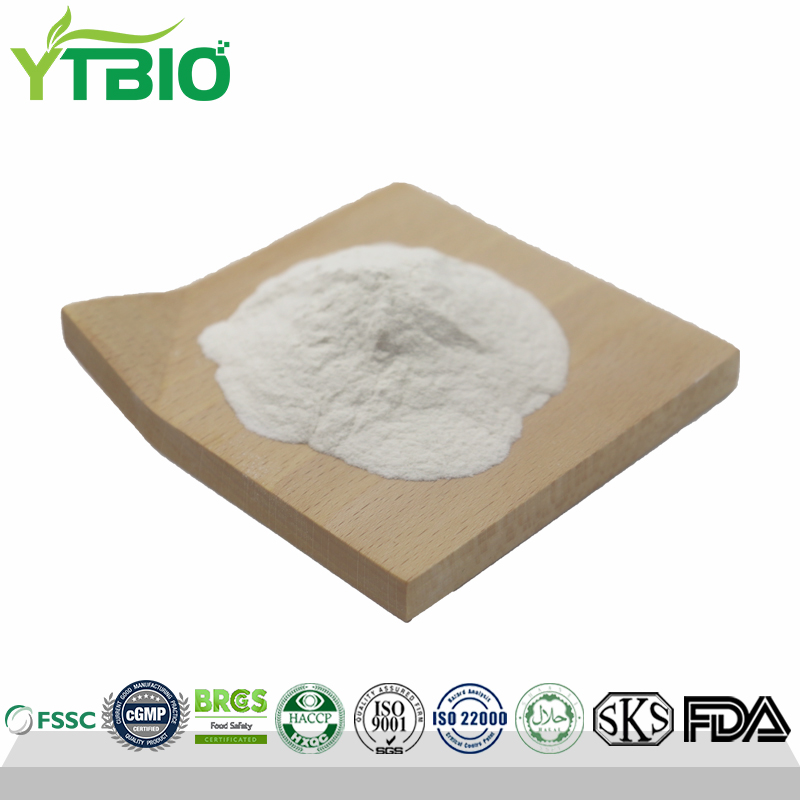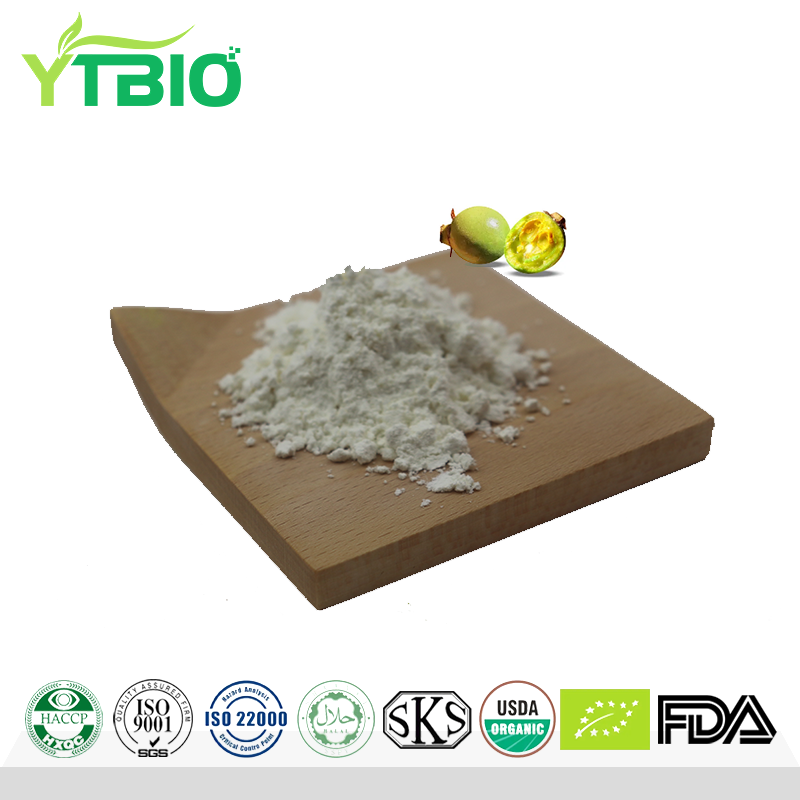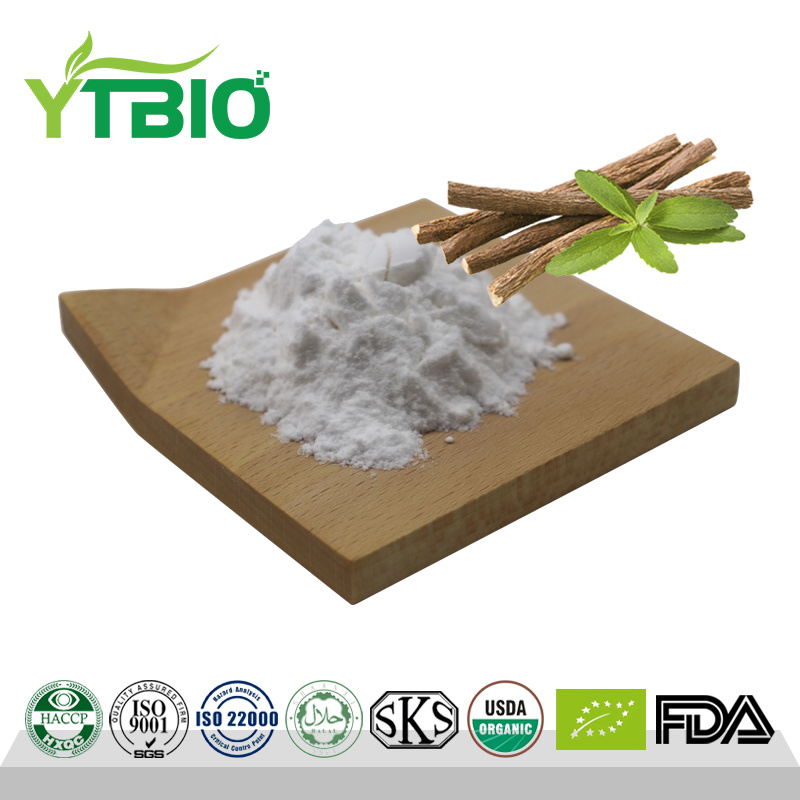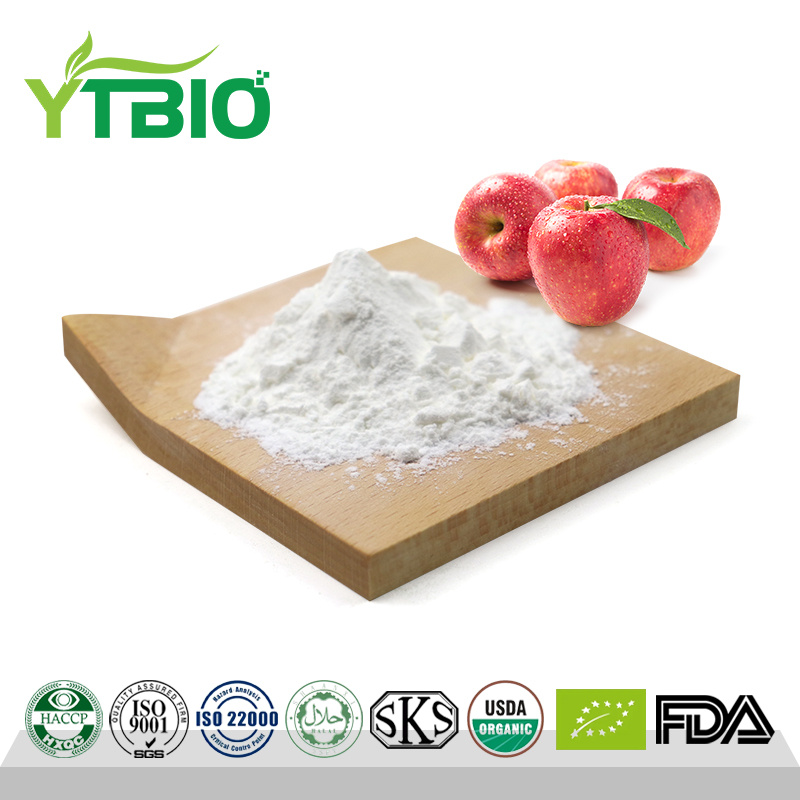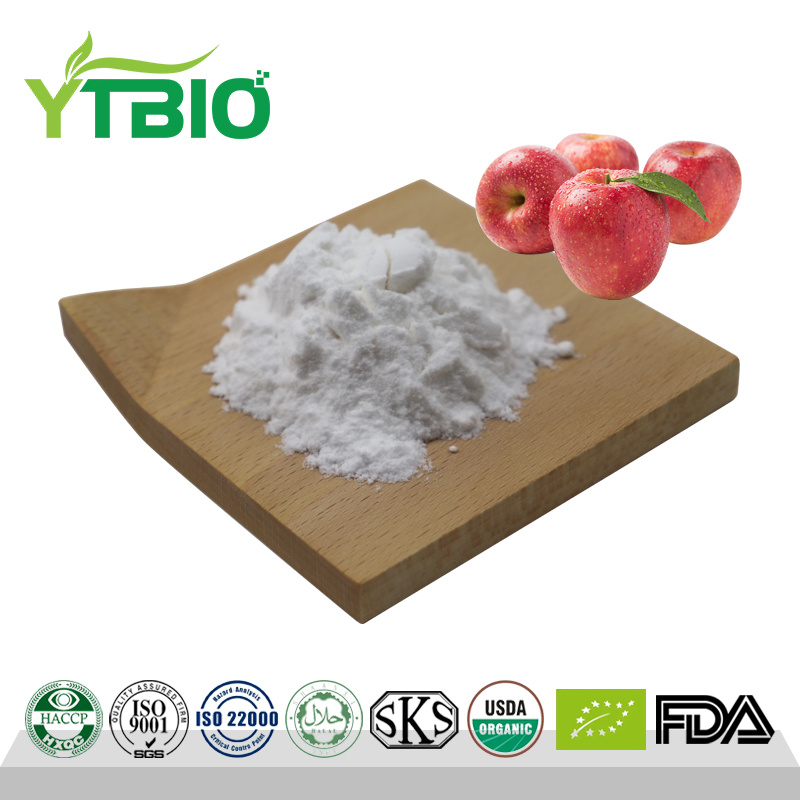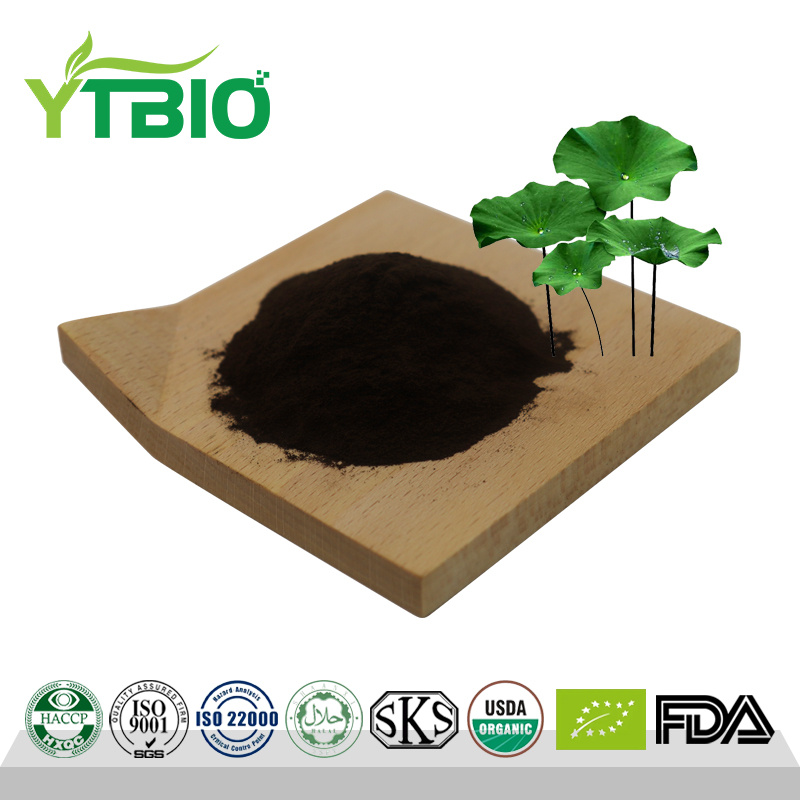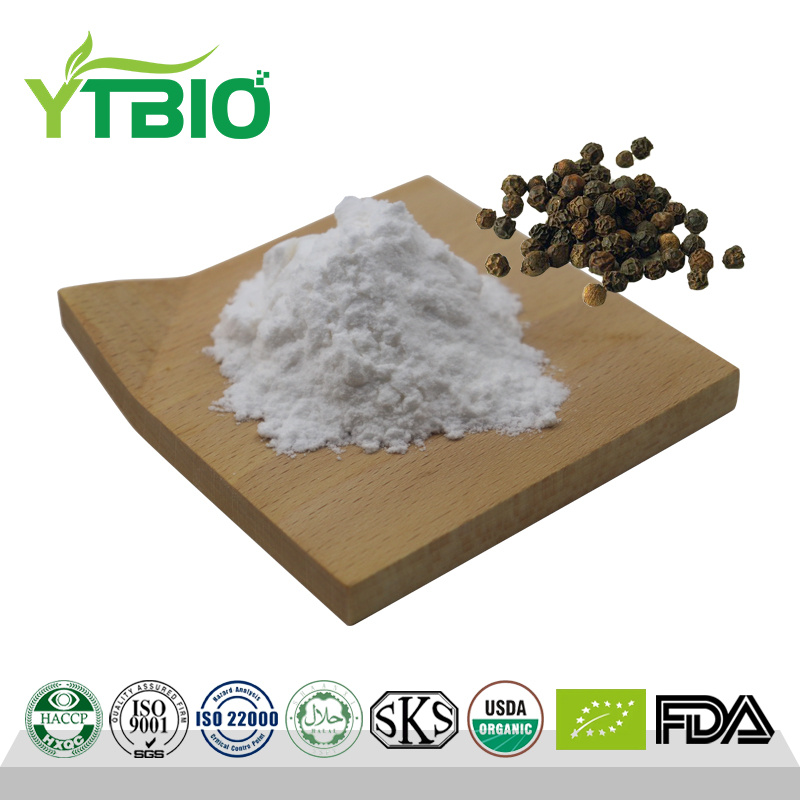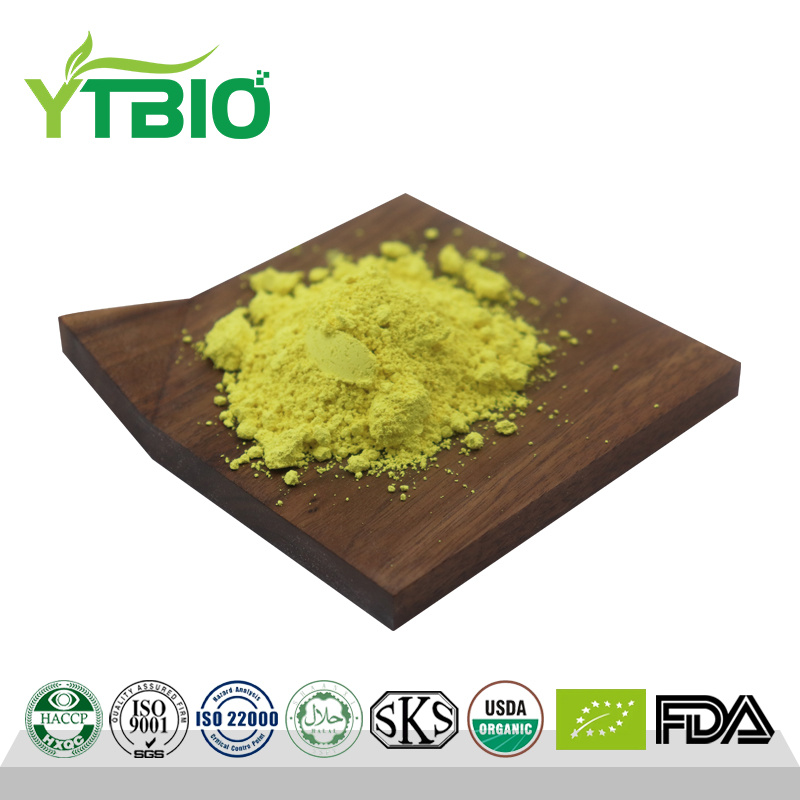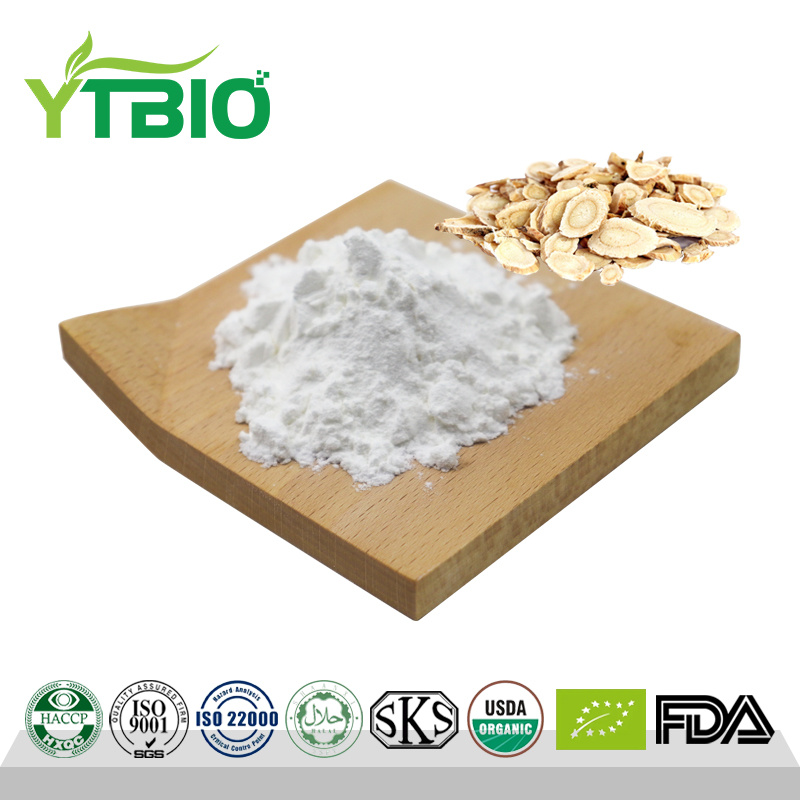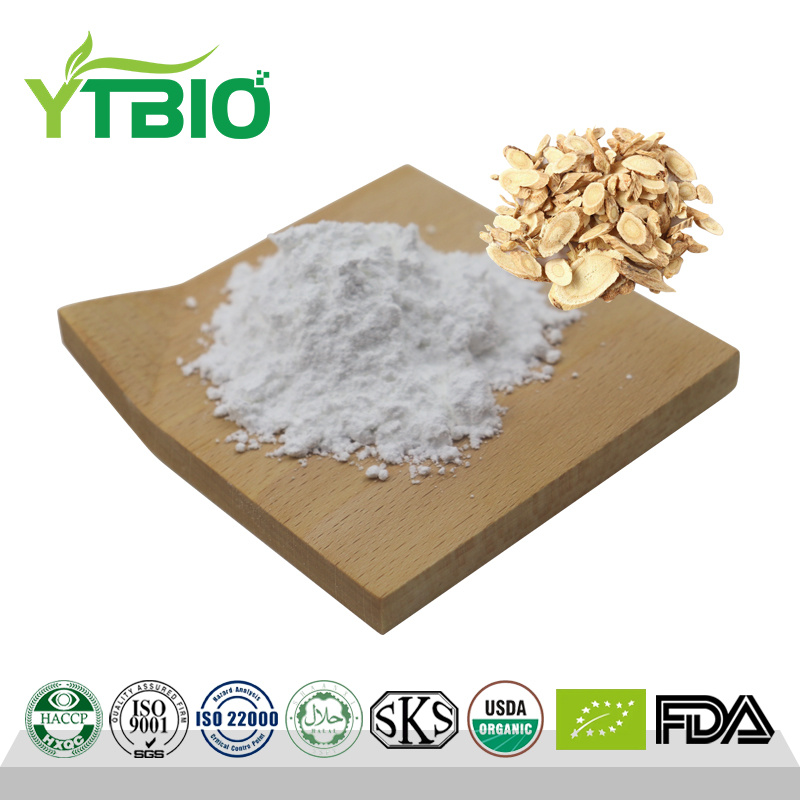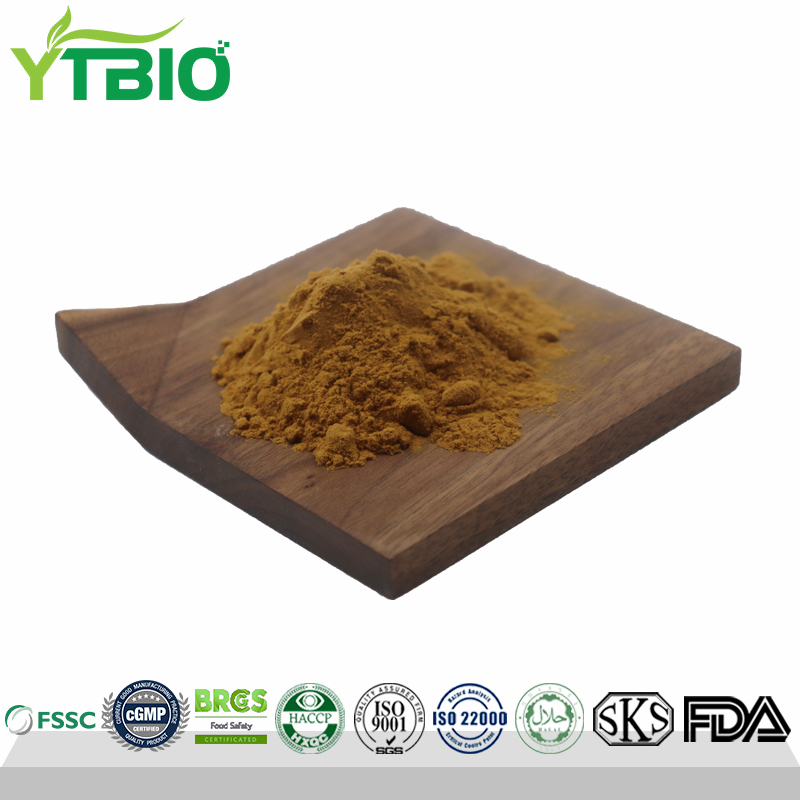Tannic Acid 98% Powder 1401-55-4
Characteristics Of Tannic Acid
Product Introduction
Tanninic acid, also known as tannic acid, tannin, etc., is a polyphenol widely distributed in plants. It is a yellow or brown powder that can coagulate protein. Tannic acid has a strong astringency and can stimulate the tactile nerve endings in the mouth, producing a bitter feeling.
As a natural phenolic substance, it can be found in grapes, gallnuts, tea, bauhinia, cocoa, pomegranate peel and many plants. The synergistic effect varies greatly according to different molecular weights, plant source species, plant years, geographical locations where plants grow and extraction processes. It has strong biological and pharmacological activities and is widely used in medicine, food, daily chemicals and other fields.
Characteristics
● Solubility: easily soluble in water, ethanol, glycerol and acetone, slightly soluble in ethyl acetate, insoluble in benzene, chloroform, ether and petroleum ether.
● Stability: sensitive to heat, light and air, easily oxidized, especially under alkaline conditions.
● Astringency: can bind to protein, coagulate protein, and has astringent effect.
● Reducibility: has reducing properties and can react with a variety of metal ions, such as reacting with iron ions to form blue-black precipitates.
● Reducibility: has reducing properties and can react with a variety of metal ions, such as reacting with iron ions to form blue-black precipitates.
Functions Of Tannic Acid
Antibacterial
Tannic acid can bind to the proteins and polysaccharides in the "capsule" on the surface of drug-resistant bacteria, destroy the "capsule", and allow bactericidal substances to enter the bacteria to play a bactericidal role. At high concentrations, it can also directly bind to the proteins on the bacterial cell membrane, affecting the normal physiological functions of bacteria, thereby inhibiting or killing bacteria, and has a good inhibitory effect on both Gram-positive and Gram-negative bacteria.
Anti-inflammatory
Hydrolyzed tannic acid plays an anti-inflammatory role by affecting phagocytes to block the inflammatory pathway. It can also combine with the intestinal cell wall to form a protective layer, blocking the binding of bacteria to intestinal receptors, improving the intestinal microecological environment and inhibiting bacterial infection.
Antioxidant
The phenolic hydroxyl group in tannic acid has a strong reducing property, can scavenge free radicals, has a significant inhibitory effect on lipid peroxidation, can inhibit the peroxidation of linoleic acid emulsion, and is a natural antioxidant.
Astringent
Tannins and proteins form a protective film on the surface of the intestine, which can reduce intestinal peristalsis, slow down the movement of nutrients in the gastrointestinal tract, promote better absorption of water and nutrients, reduce water in the gastrointestinal tract, thereby controlling enteritis and reducing watery stools. It can also be used in medicine to treat minor skin trauma, burns and ulcers.
Hemostasis
The astringent properties of tannic acid make it useful for local hemostasis, especially after oral surgery.
Effects Of Tannic Acid
Anti-wrinkle
With age, collagen in the skin cross-links with each other, and the structure becomes firm and lacks elasticity. Elastin is the most important fibrous protein to maintain skin elasticity. It can promote cell metabolism, maintain the vitality of elastin, and keep the skin healthy, shiny and elastic.
Resist UV rays
Tannins are a type of natural substance that has strong absorption in the ultraviolet light zone. Tannins are known as "ultraviolet filters" with an absorption rate of more than 98% for ultraviolet rays. They have a significant resistance to sun dermatitis and various spots.
Whitening
The color of the skin is mainly determined by the content of melanin. Tannin can reduce and decolorize melanin and effectively remove active oxygen. Therefore, tannin has a comprehensive whitening effect.
Moisturizing
The health of the skin's appearance depends on the water content of the stratum corneum. Long-term dehydration can cause rough skin and wrinkles. Tannin contains a large number of hydrophilic groups in its molecular structure, namely phenolic hydroxyl groups. This makes it very easy to absorb moisture in the air, thus having a moisturizing effect.
Antiseptic
Tannins have a significant inhibitory ability against a variety of bacteria, fungi and microorganisms. At the same inhibitory concentration, they will not affect the growth and development of human cells. Tannins also have unique antioxidant properties, which can effectively resist biological oxidation and remove active oxygen. Therefore, tannins can effectively inhibit bacteria and have a health-preserving and antiseptic effect.
Application Of Tannic Acid
Food
During food processing, tannic acid can prevent food from oxidizing and deteriorating, and extend the shelf life of food. In addition, it can also inhibit the growth and reproduction of certain harmful microorganisms and improve food safety. Therefore, tannic acid can be used as a food additive in various foods, such as meat products, dairy products, fruits and vegetables, etc.
Health products
People can obtain antioxidant and anti-inflammatory effects by taking health products containing tannins orally or topically. For example, grape seed extract is a health product rich in tannins, which can be used to prevent and treat chronic diseases such as cardiovascular disease and diabetes. In addition, tannins can also be used to improve oral hygiene and prevent caries and periodontal disease.
Cosmetics
The application of tannins in the field of cosmetics is related to its antioxidant and anti-inflammatory activities. Cosmetics containing tannins can protect the skin from free radicals and ultraviolet rays and delay skin aging. In addition, tannins can also inhibit inflammatory reactions and reduce symptoms such as skin inflammation and redness. Therefore, cosmetics containing tannins can be used to treat some skin problems such as acne, eczema, dermatitis, etc.


